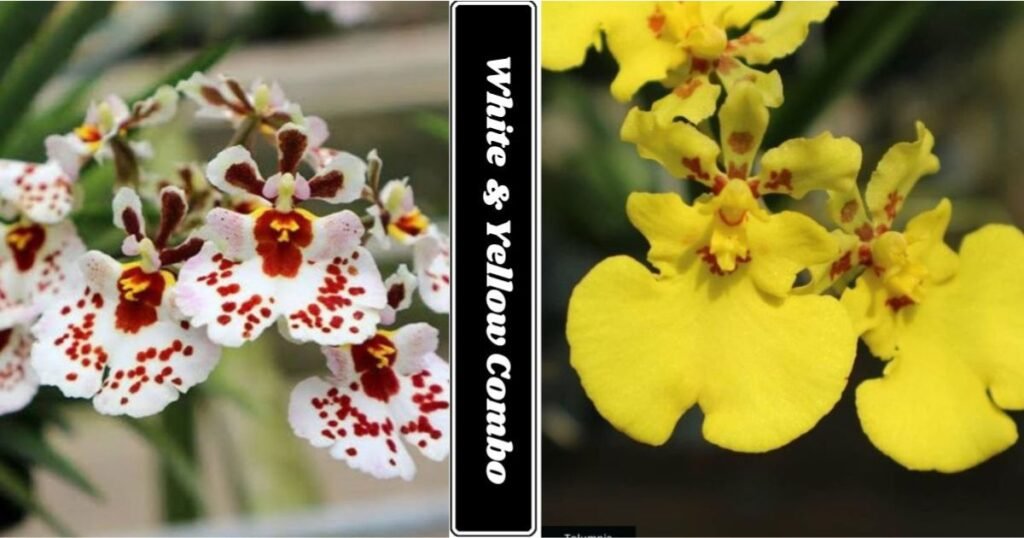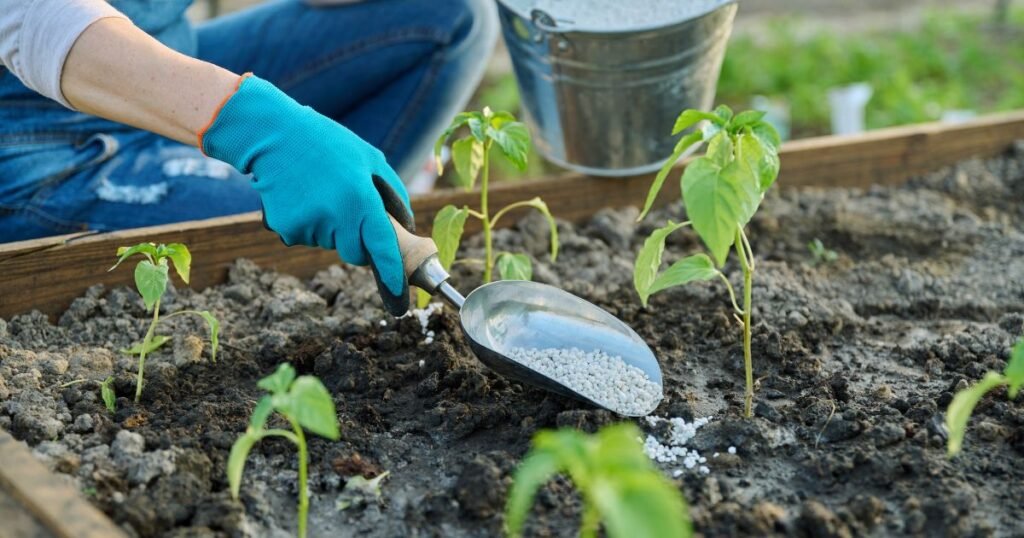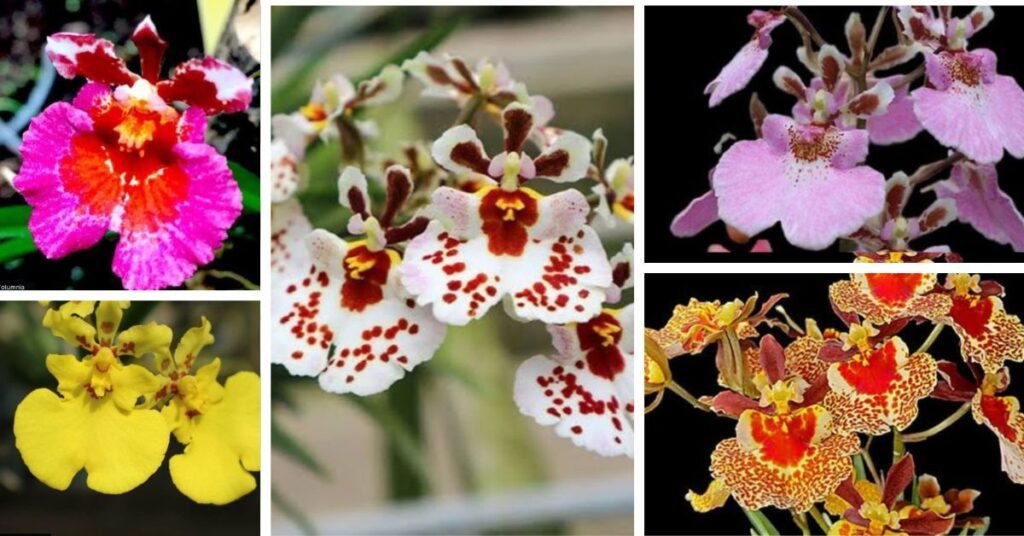Introduction
Tolumnia Orchid, familiar with the name, Equitant Oncidiums, is a stunning species of orchids native to the Caribbean. Both beginners and experienced gardeners favor these orchids due to their ease of growth. The flowers of the Tolumnia Orchid come in an array of striking colors ranging from red, pink, orange & other colors. Their paired leaves and intricate designs surrounding the small flowers are impressive qualities of Tolumnia Orchids. The blooming period of these magnificent orchids depends on the variety and can range from early or late winter to early spring. Tolumnia Orchids can even bloom year-round with proper care. Taking care of Tolumnia orchids includes providing the appropriate conditions of temperature, humidity, lighting, watering, fertilizing, and air circulation for year-round flowering. The warm climate best suits the growth of Tolumnia, a member of the Orchidaceae family.
Specialty of Tolumnia Orchid
This lovely Tolumnia orchid doesn’t take much space due to its compact size, for small spaces like window sills or patios. With their delicate flowers and wide range of colors and patterns, they make an attractive display as hanging plants. The foliage provides a great feature, reaching 6-8 inches, while the blooms typically last for a short time.

Tolumnia orchid is epiphytic, which allows it to attach to trees. They flourish in bright, warm environments with high humidity. The inflorescence of Tolumnia orchids is unique and varies among different species. Amidst the lush foliage, clusters of vibrant flowers bloom on delicate spikes that gracefully rise between the leaves. The spikes can be short or long, and the number of flowers varies from a few to dozens. The flowers are small and delicate, with petals that resemble the Oncidium genus. The spikes and flowers of Tolumnia make for a stunning display, especially when several spikes bloom at the same time. Briefly, Tolumnia orchids bloom multiple times yearly with proper care, boasting stunning colors, intricate designs, and delicate flowers for easy growth.
Temperature
Tolumnia Orchids thrive in moderate warmth, not excessively hot. The ideal temperature range for these plants is between 20°C to 28°C during the day, and 15°C to 23°C at night. The cooler nighttime temperatures are advantageous for their growth. However, temperatures outside of this range, below 15°C or above 35°C, can negatively impact their development.
Lighting
Plants of Columbia orchids thrive in environments with ample access to bright sunlight. They are the ideal choice for indoor spaces that receive lots of natural light. For outdoor planting, it’s best to choose a location that offers a balance of bright and shaded areas to maintain optimal growth conditions. To ensure the health and vitality of your Tolumnia orchids, place them on an east or southeast-facing windowsill to bright sunlight exposure while minimizing the risk of direct sun damage. If your indoor or outdoor space lacks adequate lighting, consider supplementing with artificial light sources such as LEDs to support healthy growth and vibrant blooms.
Fertilization for Healthy Tolumnia Orchid

To maximize the growth and blooming of Tolumnia orchids, it’s essential to provide them with the right amount of fertilization. Apply a balanced 20-20-20 or 20-10-20 NPK fertilizer once a week during the growing season or twice a month that works wonders for the growth of Columbia. If necessary, reduce fertilization to once a month during the resting period otherwise you also stop fertilising tolumnia plants during winter. Balance watering and fertilization, or fertilize after every six watering cycles. To encourage blooming, a high-nitrogen fertilizer can also be used on plants of tolumnia orchid.
Humidity
Humidity is a crucial factor for Tolumnia orchids, with an ideal range between 45% to 70%. However, maintaining proper air circulation with high humidity must be added. One effective way to match up with perfect humidity for Tolumnia is by utilizing a humidity tray filled with stones. It’s essential to balance humidity with the temperature to ensure the growth of these delicate plants.
Watering
Adjusting the amount of water according to the temperature and potting medium is the key to optimal watering. During the growing season, these orchids require frequent watering when the soil becomes dry. However, overwatering can harm the roots of the plants. It is best to water Tolumnia orchids in the morning, and in the resting period, Tolumnia doesn’t demand much water, so make sure to water them when the soil appears dry. Avoid watering the stems and leaves of the plants, as this can lead to crown or leaf rot, as well as spotting. To maintain moist soil but prevent waterlogging, water potted Tolumnia orchids every other day.
Potting, Medium, and Repotting of Tolumnia orchid
When matter comes to potting Tolumnia Orchid, clay pots and baskets are the perfect fit depending on the plant’s size. To create the perfect potting mix for your orchids, combine sphagnum moss with bark, charcoal, or fern to ensure great drainage.. It’s crucial to avoid overwatering and only water the plants once the soil has dried out. To keep your orchids thriving, repot them every 2 to 3 years. Simply trim away any damaged roots and give the new ones plenty of space to grow.
Pest and Diseases
Pests including scale, mealybugs, and mites attack Tolumnia orchids the most. To prevent these pests, regularly inspecting the plants and using neem oil or a combination of rubbing alcohol and liquid soap to eliminate pests are recommended. Overwatering should be avoided as prolonged wetness may cause rot and other diseases. Adequate lighting is crucial to the health of Tolumnia orchids. Inadequate light can prevent blooming, while excessive light can cause leaf discolouration and scorching.
Fungal and bacterial diseases can lead to issues such as crown rot, petal blight, Botrytis spot, black rot, and soft rot. To remedy these problems, pruning the infected parts with sterilized pruners and applying a specialized fungicide or hydrogen peroxide is necessary. Repotting with a new growing medium may be required in severe root and spreading diseases. Poor air circulation, excessive watering, and high humidity can also increase disease, emphasizing the maintenance of appropriate conditions for healthy and trouble-free Tolumnia orchids.






